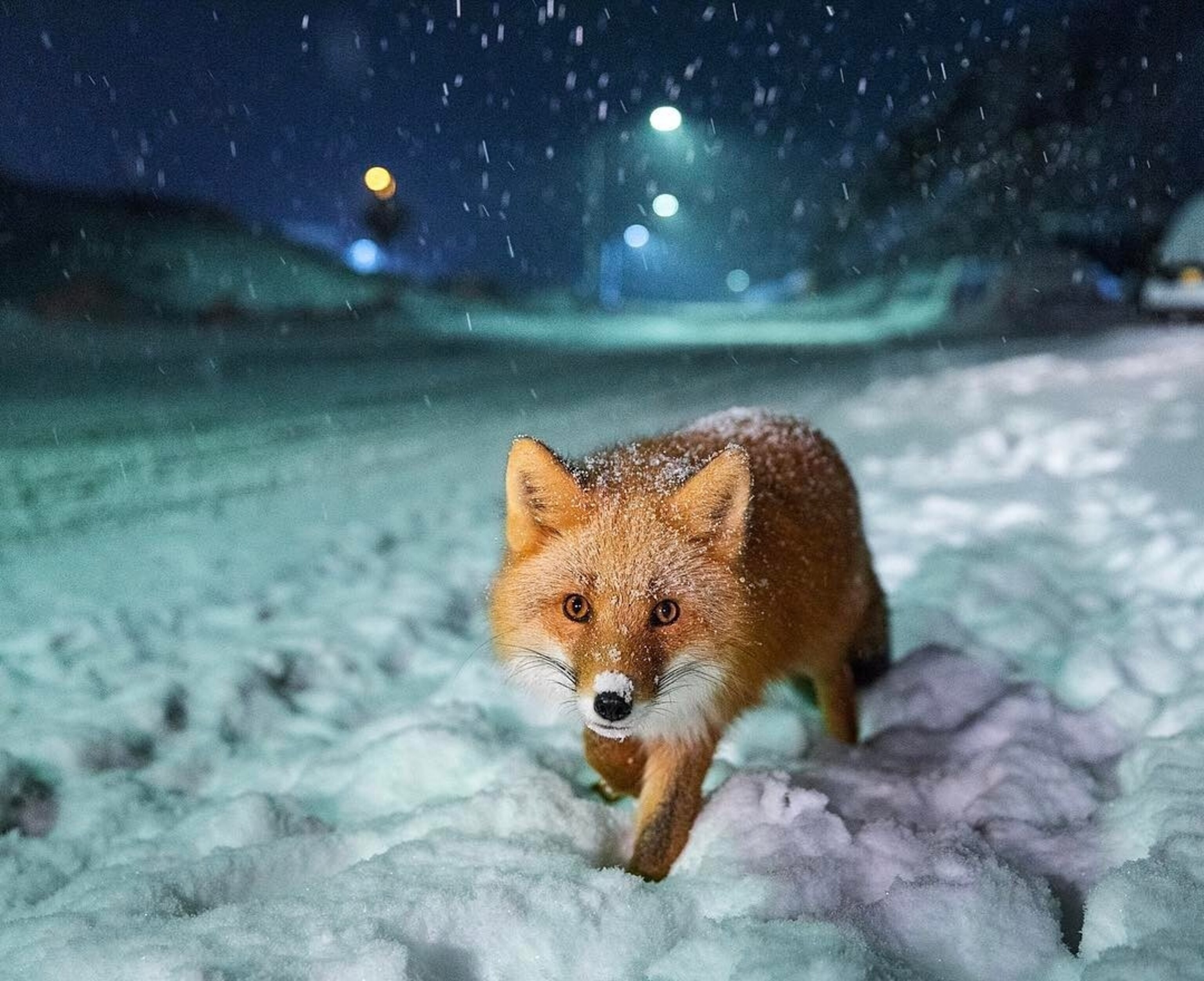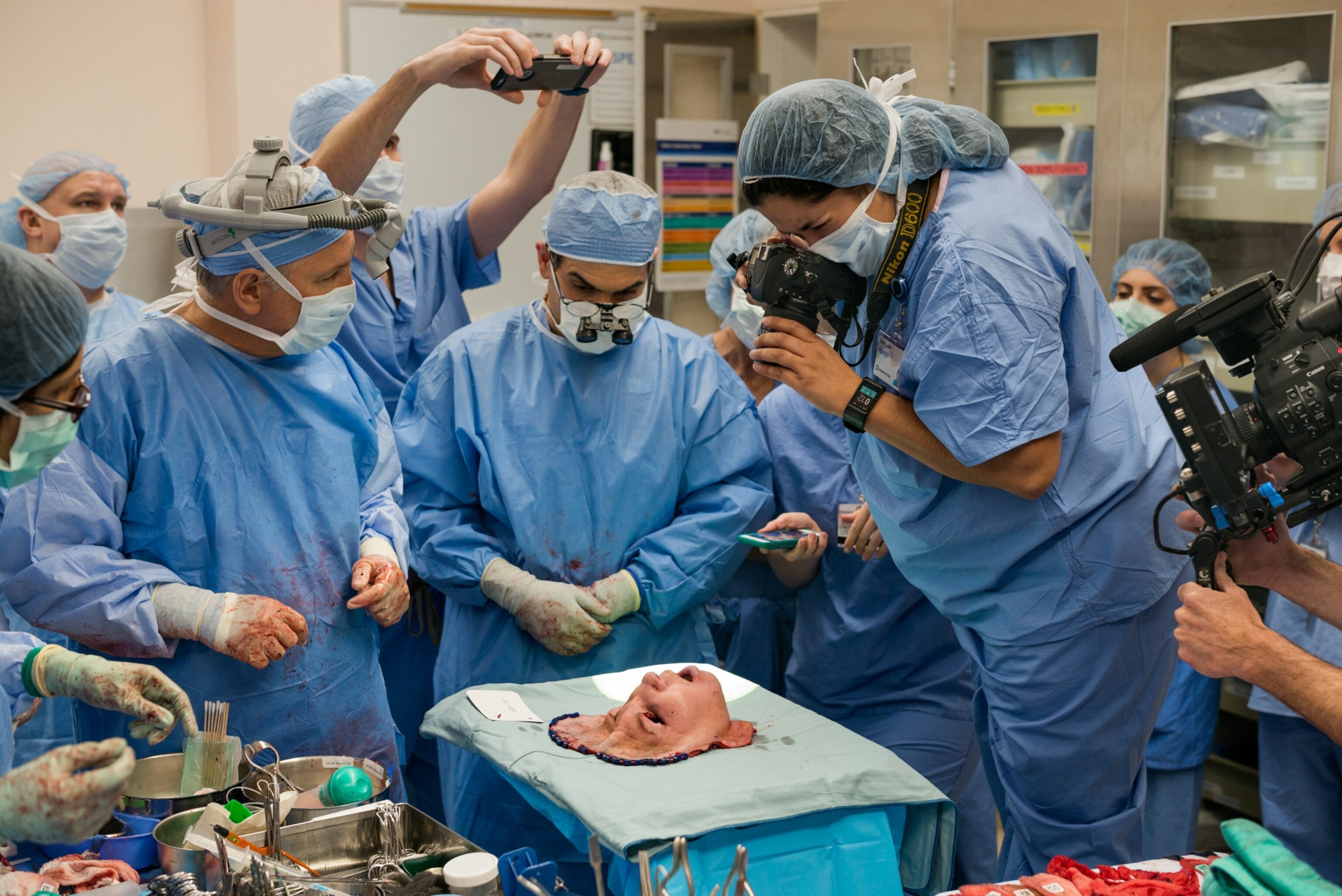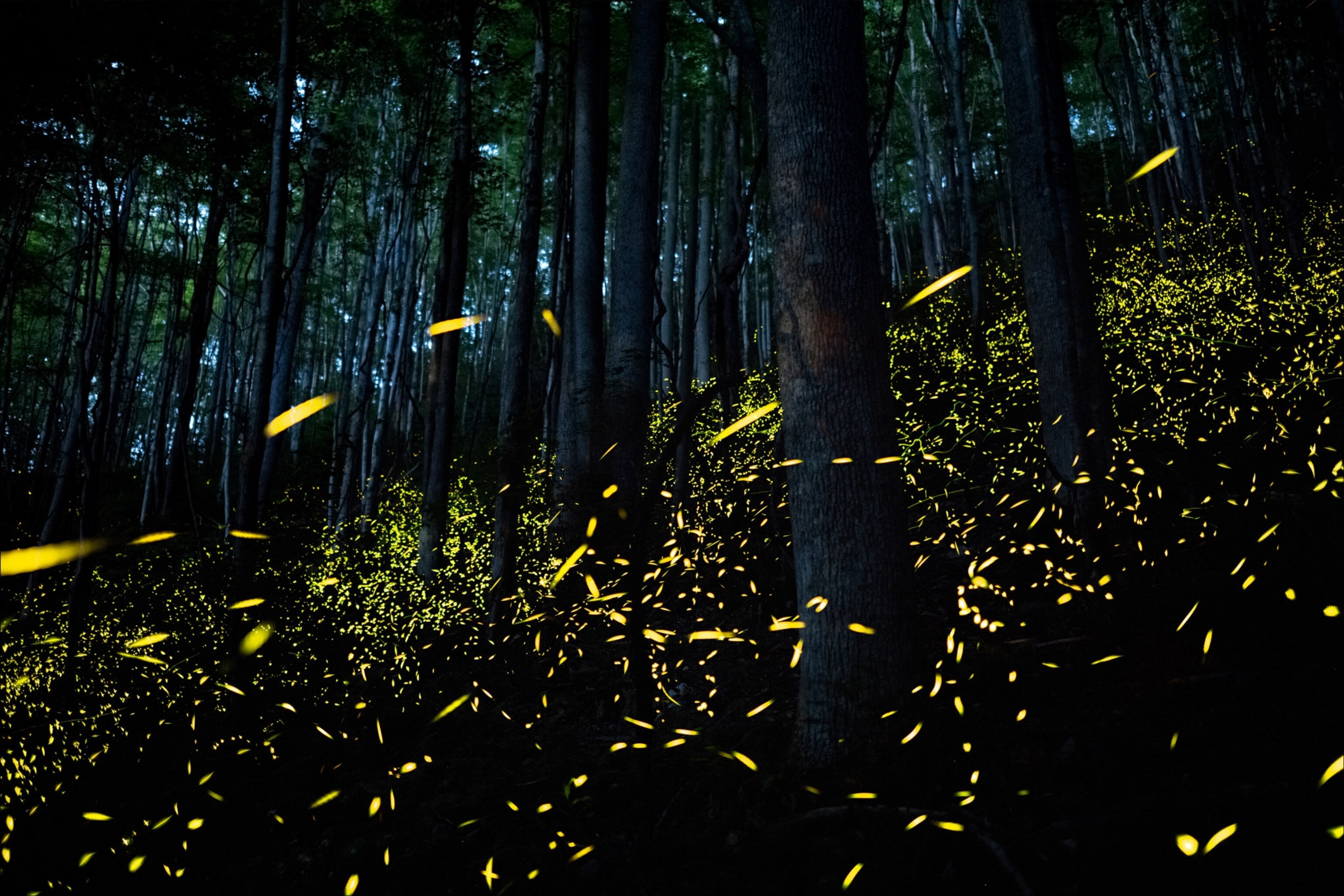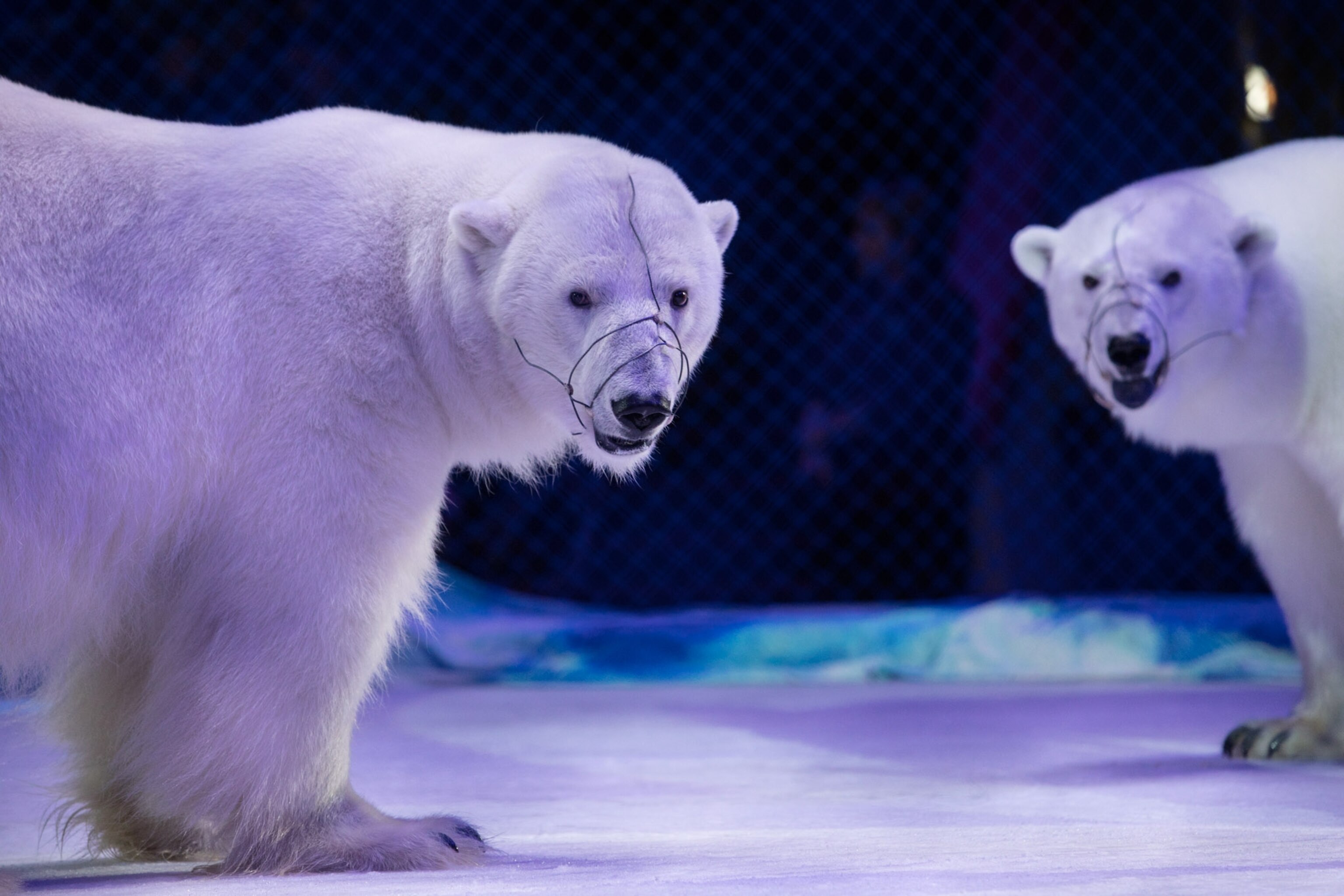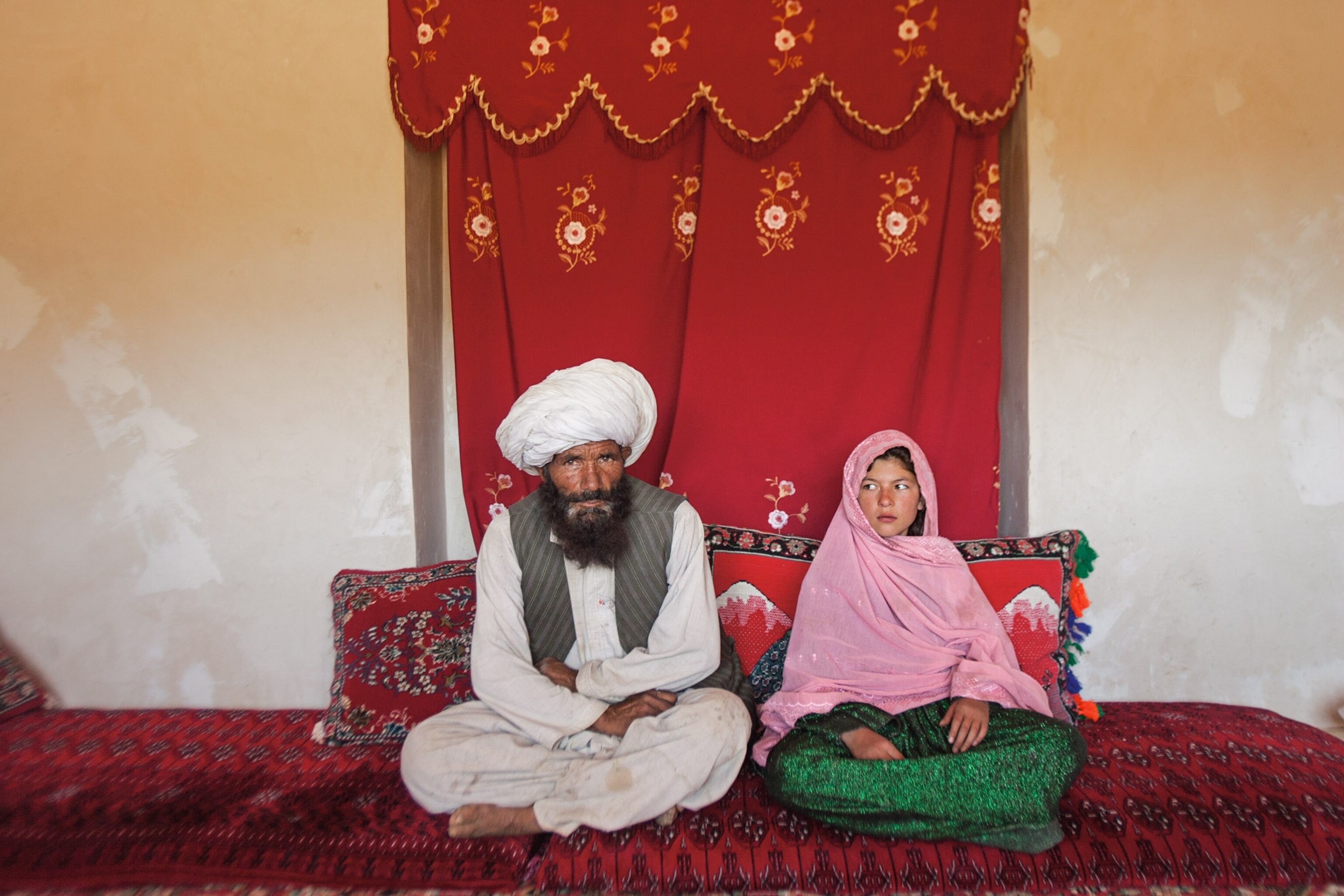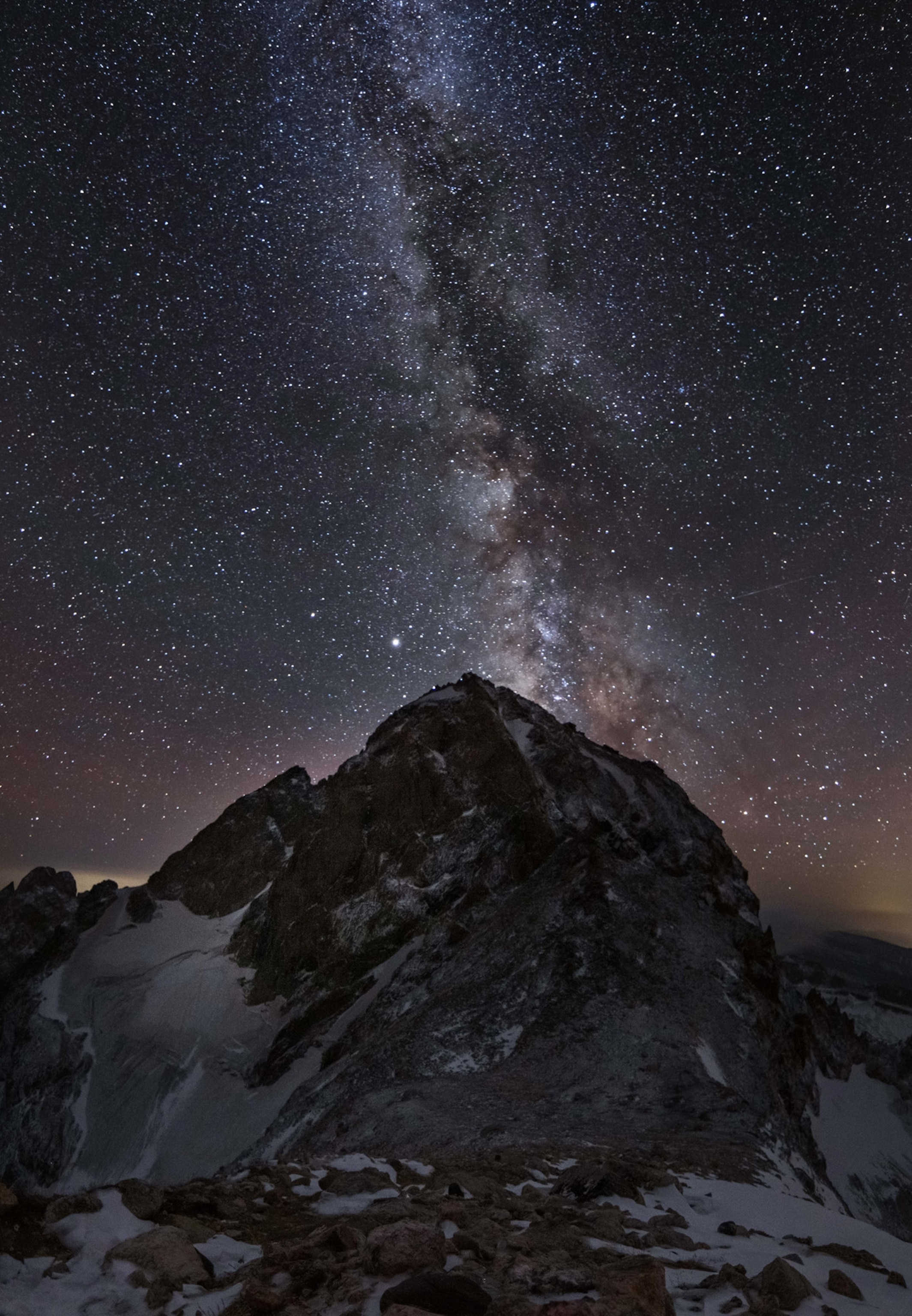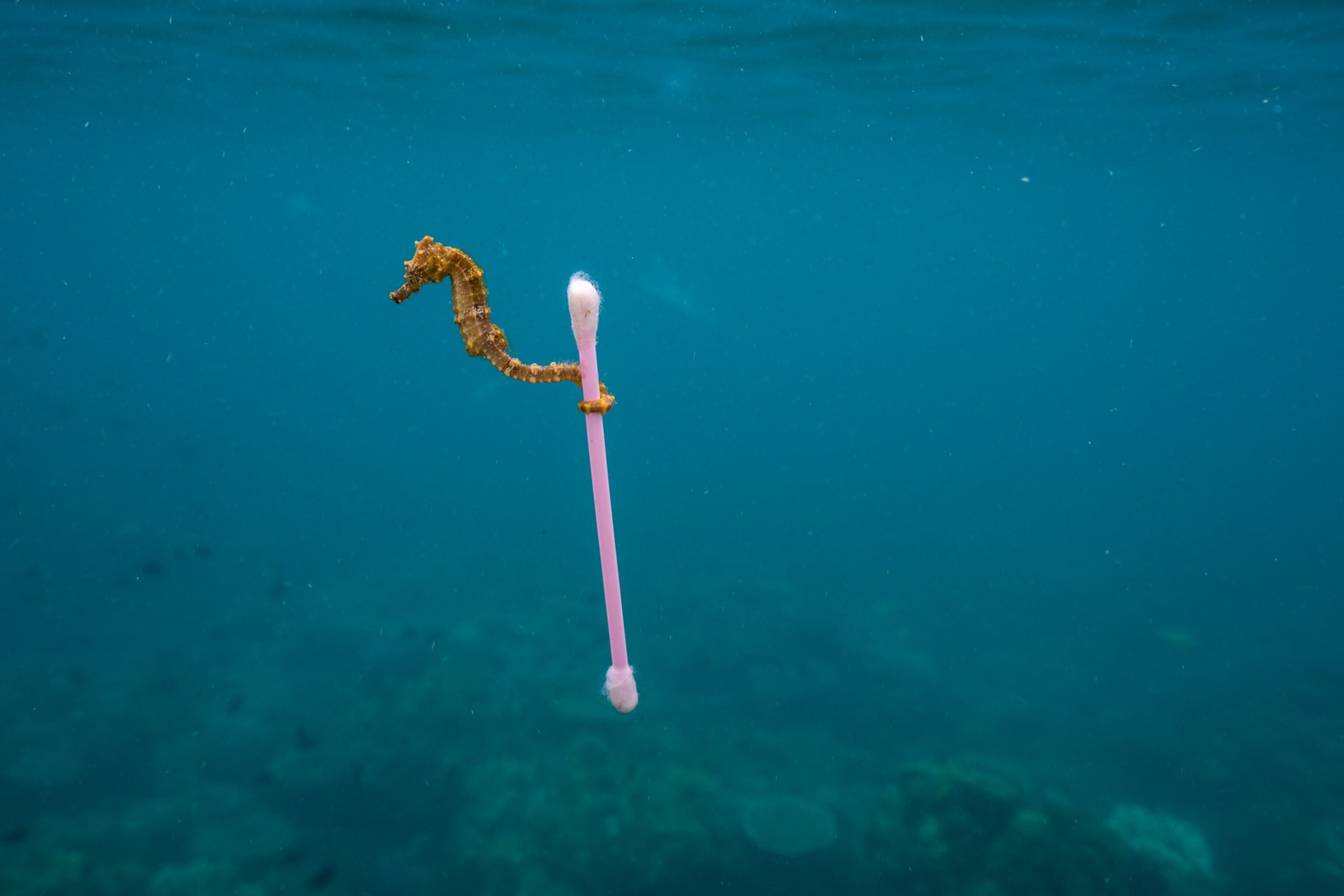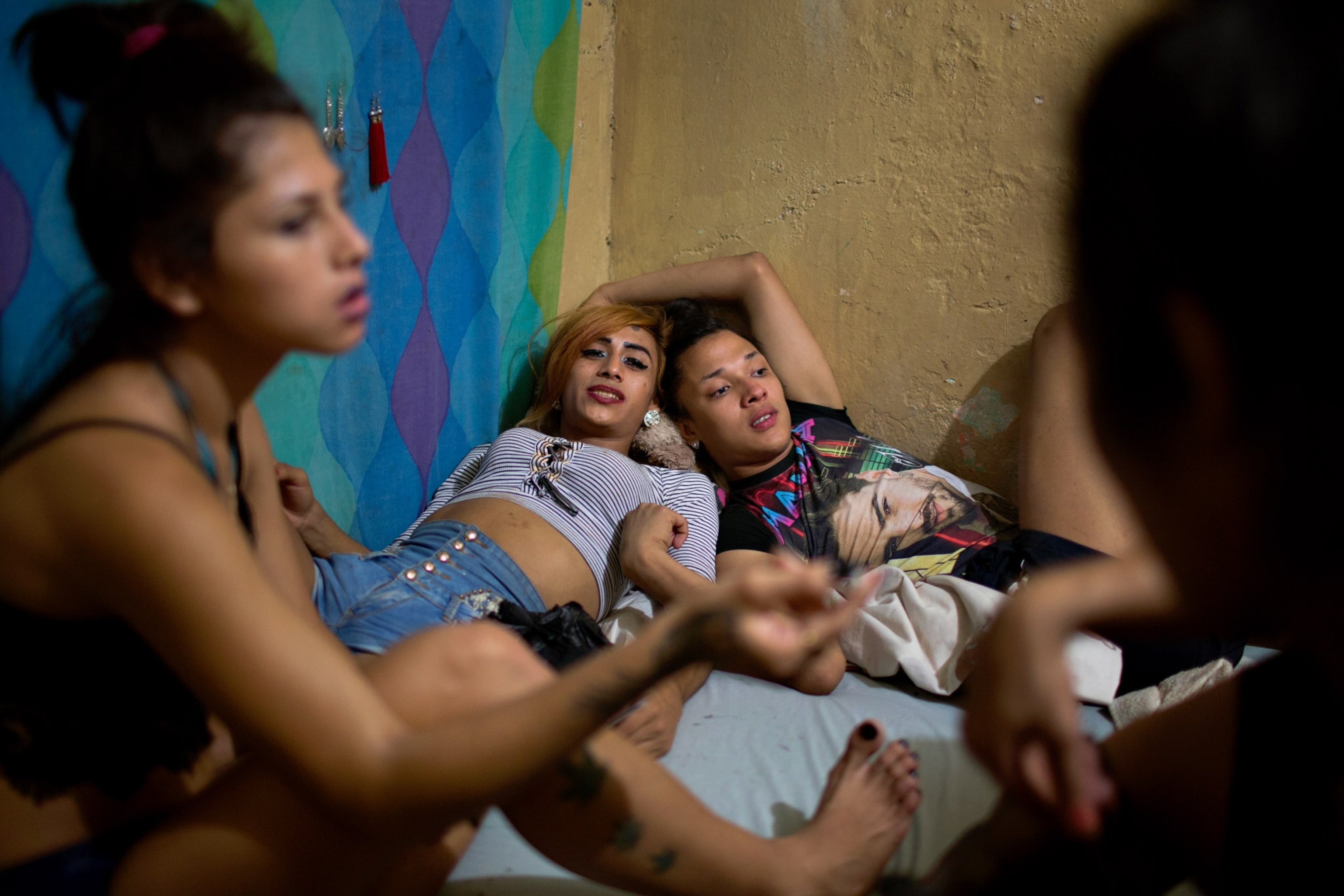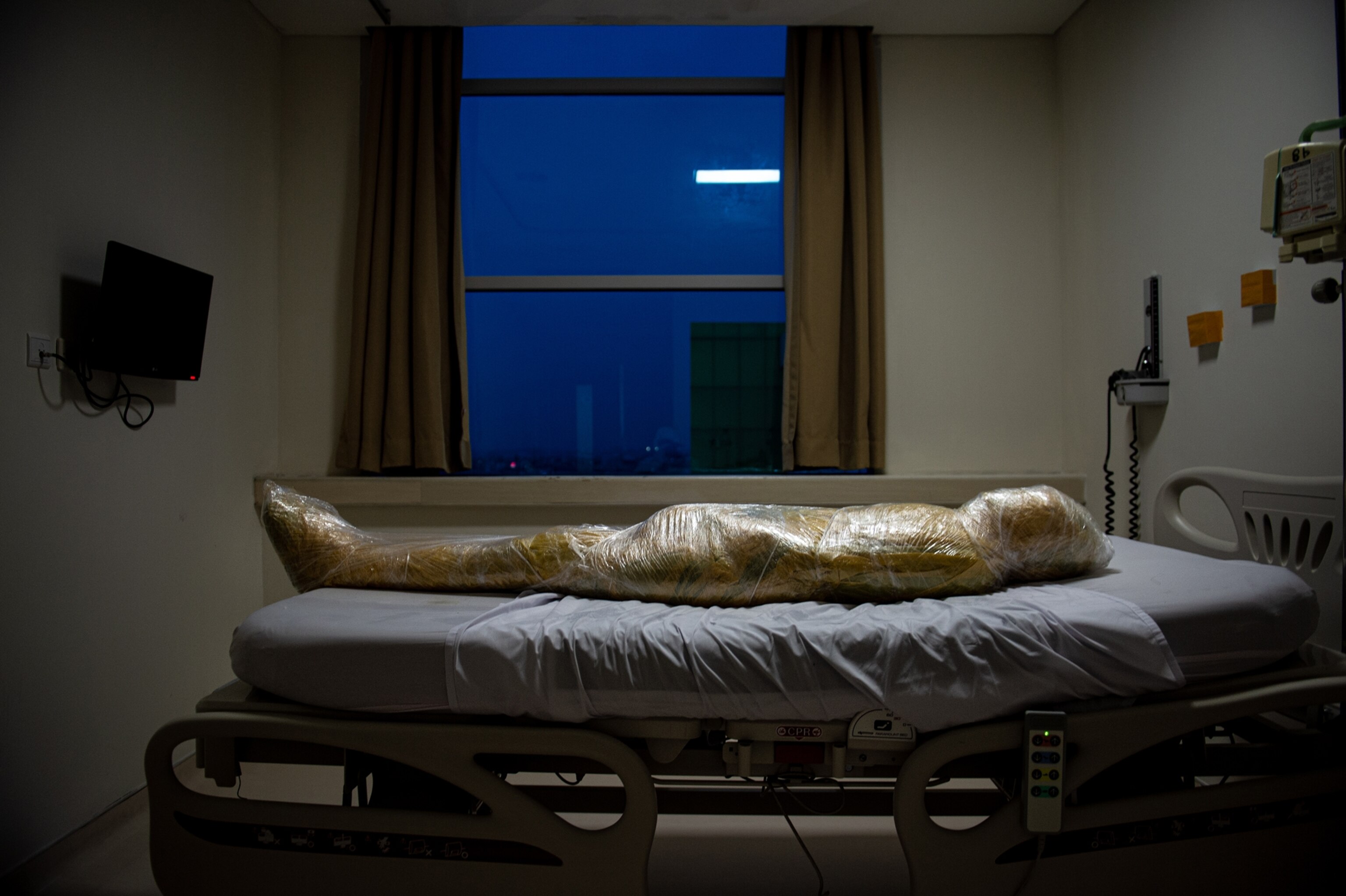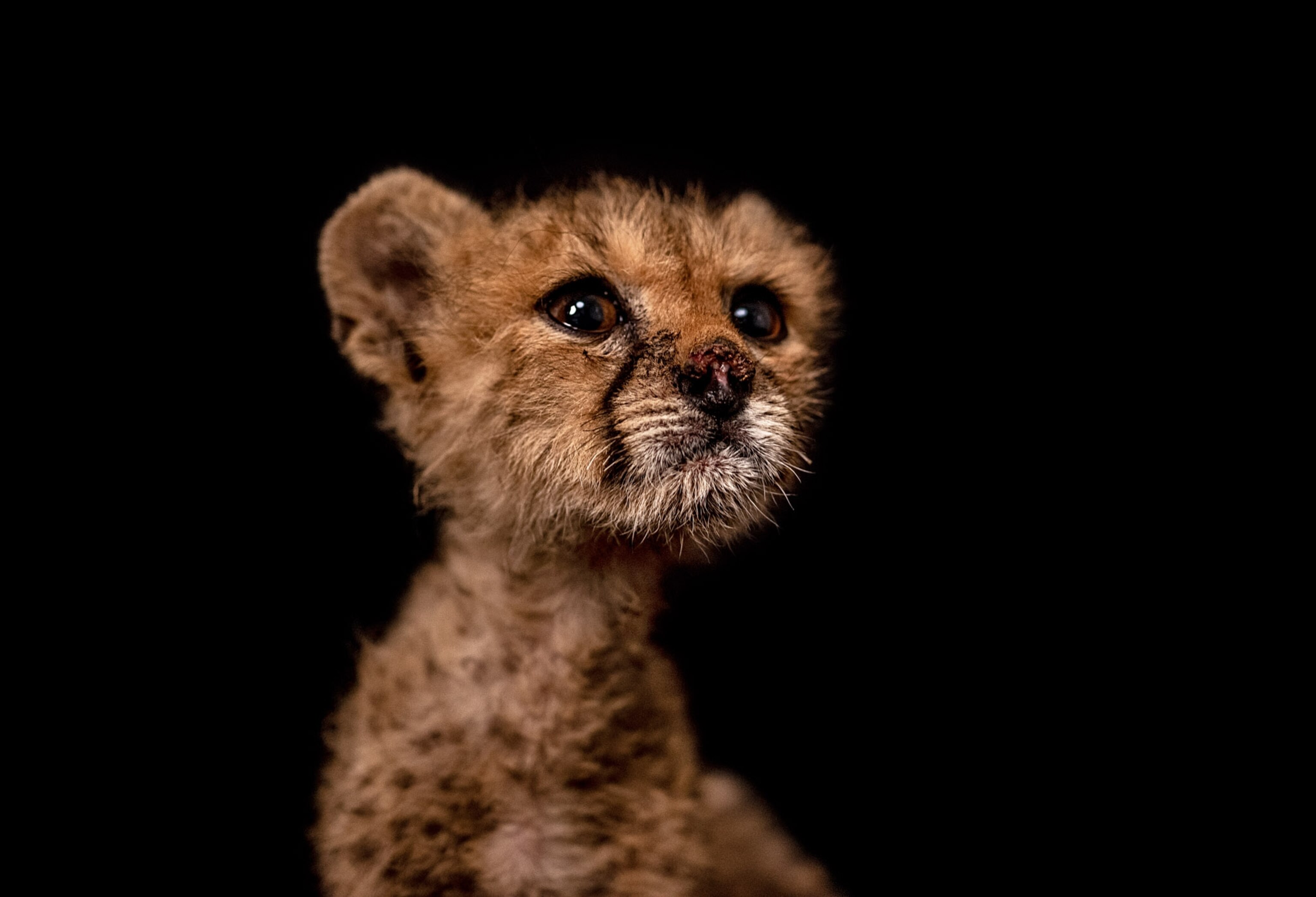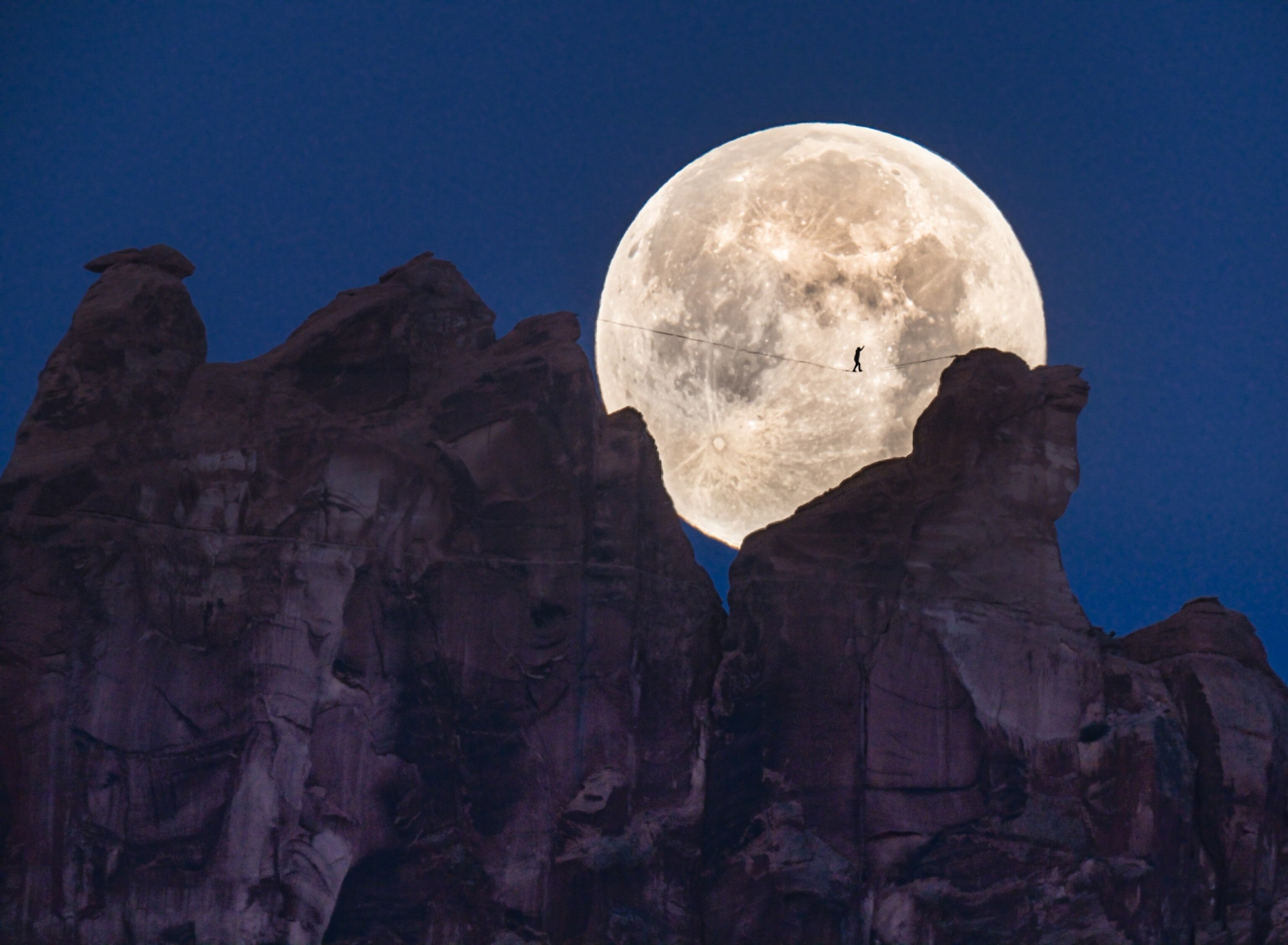
These photos were among the favorites of our 200 million Instagram followers
We’ve posted more than 26,000 photos in 10 years. Here are the stories you connected with.
To celebrate the 10th anniversary of our Instagram account—which just became the first brand to surpass the incredible milestone of 200 million followers—National Geographic is looking back at some of the photographs that have been reader favorites through the years.
Over the last decade, the @natgeo Instagram account has given readers an intimate glimpse into the lives and work of our photographers—where they travel, who they meet, and how they got the stories that they tell within the pages of our magazine. Overall, we’ve posted more than 26,000 stunning images taken by more than a hundred photographers. They’ve gotten nearly 82 billion impressions, eight billion likes, and more than 43 million comments since we first started recording audience data in 2016.
These images capture the beauty and wonder of the world we live in and the creatures that inhabit it. Our followers have joined Ami Vitale as she said goodbye to Sudan, the last living male rhinoceros. They’ve watched synchronous fireflies flicker in the Great Smoky Mountains National Park with Kiliii Yuyan. And they’ve taken a moment just to breathe in the crisp air at Grand Teton National Park with Jimmy Chin.
Our photographers have also illuminated our struggles—from Joshua Irwandi’s chilling image of the body of a suspected COVID-19 victim in an Indonesian hospital to the child bride that Stephanie Sinclair photographed in Afghanistan in 2005. And Nichole Sobecki’s photographs of a rescued cheetah cub reminded us that everyone can help combat the illegal wildlife trade by refusing to like, share, or comment when they see a social media post of a pet cheetah, which is likely a victim of trafficking. It’s a testament not just to the power of social media, but the power of photography.

